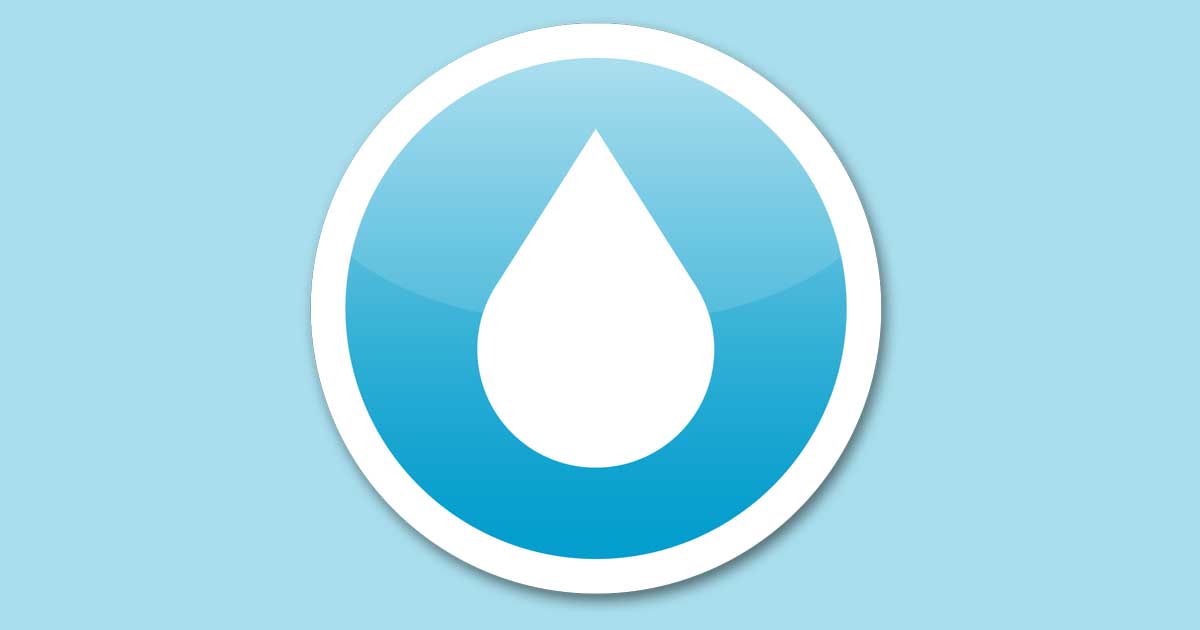What is lead, and how does it get into drinking water?
Lead is a common naturally occurring metallic element used for centuries in plumbing because of its pliability and resistance to leaks. Lead is a toxic metal that can cause immediate health effects at high doses and long-term health effects if it builds up in the body over many years.
Lead is almost never present when water flows from the treatment facility or in the water mains. However, in some older homes, lead may be present in the pipe connecting the home to the water system – known as a service line -- or in the home plumbing. Lead in service pipes, plumbing, or fixtures can dissolve, or particles can break off into water and end up at the tap.
What is a service line?
A water service line consists of two separate pipes. One connects SRSUD’s water main to the customer’s water meter. The other part connects the water meter to the customer’s house or building. SRSUD is responsible for the water service from the water main to the water meter. The property owner is responsible for the water service line from the water meter to the home or building, including all the service lines inside the building.
Summary of SRSUD’s Lead Service Line Inventory
SRSUD undertook a comprehensive lead service line inventory (LSLI) to determine the presence of lead service lines in its water distribution system in compliance with federal and state regulations to protect public health. The process involved several key steps to determine service line material:
- Historical Record Review: SRSUD began by thoroughly reviewing historical records, including construction documents, material specifications, and customer service plumbing surveys submitted when customers apply for service. These records helped identify the materials used in water service line installations and any changes made over the years.
- Field Inspections and Assessments: SRSUD conducted field visual inspections of service lines, focusing on sections of the system where lead might have been used in the past.
- Database Creation: Data from inspections and historical reviews were compiled into a detailed database.
- Compliance Reporting: The inventory results were compiled, demonstrating that no lead service lines were found within SRSUD’s water system. This inventory was submitted to the Texas Commission on Environmental Quality (TCEQ) to confirm compliance with the Lead and Copper Rule Improvements (LCRI) issued by the Environmental Protection Agency (EPA).
Through these diligent efforts, SRSUD confirmed that no lead, galvanized requiring replacement, or lead status unknown service lines were present in its system, ensuring its water supply's continued safety and reliability for all customers.
What does SRSUD do to protect my household from lead?
While SRSUD has no lead service lines, some home plumbing and fixtures may contain lead. To prevent lead from dissolving into water from home plumbing, SRSUD monitors the water’s chemistry. This process is known as corrosion control. We sample water at homes considered high-risk to ensure our corrosion control remains effective. The measurement level for lead is measured in micrograms per liter (µg/L). The new LCRI issued by the EPA lowered the Action Level from 15 to 10 µg/L. SRSUD samples customers’ homes for lead and copper as required and has never exceeded the Action Level for lead or copper. Although corrosion control can reduce risks, the best way to ensure your home is safe from lead exposure through water is to remove the potential lead sources.
For more information on the Lead and Copper Rule Improvements, please visit the EPA's website: https://www.epa.gov/dwreginfo/lead-and-copper-rule

 SRSUD Example of a Standard Single Family Residence Service Line
SRSUD Example of a Standard Single Family Residence Service Line